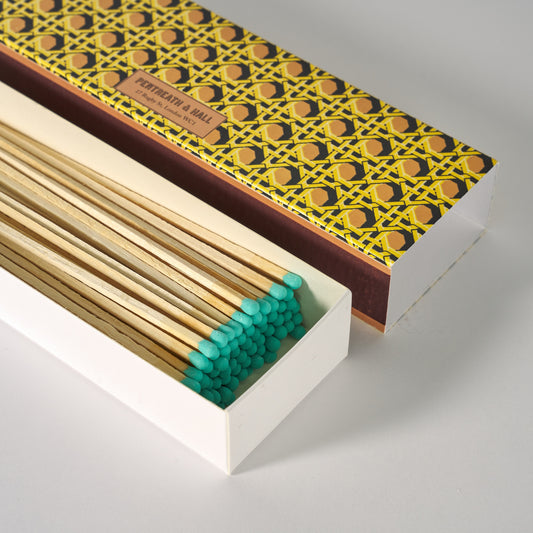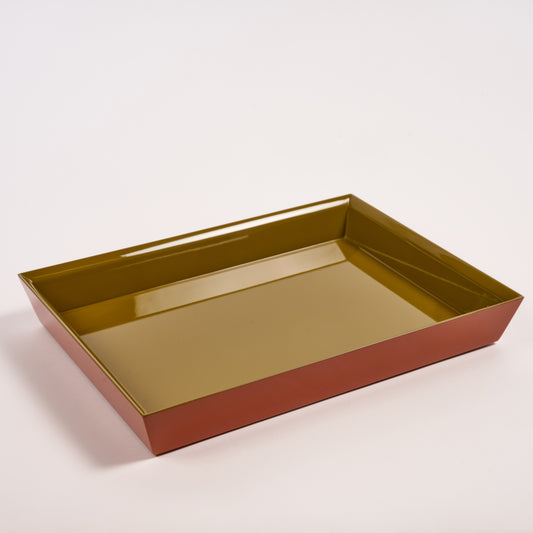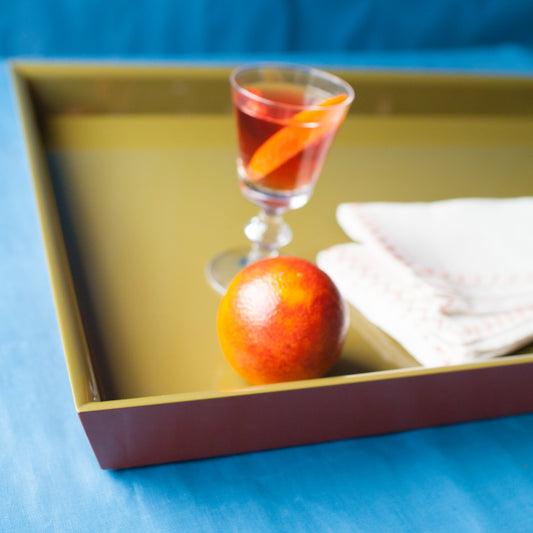I can’t tell you how many hours I seem to have spent being stuck in a traffic jam on the Marylebone Road.
For those that don’t know London, this great arterial road snakes it way through the city carrying six lanes of traffic, taking everyone east and west. Betjeman’s Metroland, that brilliant documentary, finds the poetry in the monumental, pompous buildings that line the Marylebone Road, while Gavin Stamp’s brilliant book of essays, Anti-Ugly, has a wonderful chapter on the joys of architecture on the Great West Road, as the Marylebone Road shifts inexorably into the A40. But, for most of the time, I’m just sitting in a stopped car, cursing the traffic. There’s a reason why I take the train down to Dorset as much as I can, or why Charlie and I get up at insanely early hours to leave London, pre-dawn, when you have the joy of sweeping through the just-lightening streets of the deserted city, feeling as if the place belongs to you alone, and before you blink you’re in the open country, without any traffic jams in sight at all.
On all these journeys, I have of course become familiar with the various sets of traffic lights and the architectural joys they may, or may not reveal. I love the two or three stops in the vicinity of Regents Park, which always make one feel quite happy. Other stretches of the road are bleaker, with closed-up, decaying hospital buildings in sooty, liver-coloured brick, and with ill-proportioned windows and far too many overblown classical details – buildings that one can’t but help think would make you feel unwell.
Just beyond Baker Street there is a light that always seems to be red. Right by it is a massive brick apartment building with quite distinctive deco balconies painted a beautiful green. Appropriately for us, (and I didn’t know this until just now when I started to look it up) it’s called Dorset House and is listed for its special architectural interest. Designed in 1934-35, by the architect T P Bennett and Sons, it’s the height of moderne chic, still. I wonder if anyone who lives in Dorset House reads the blog? I somehow doubt it but I would be very happy if they did.


So for years I’ve stopped here in the traffic and spied this little shop.
Then the lights change to green and we’re off, and I glimpse the little deco shopfront over my shoulder, and think about the rare survival of tiny special shops like this (which is normally the subject for an author more like the wonderful Spitalfields Life, who I am sure that many readers of my blog will follow as well).

Luckily, today, I wasn’t in the car. I was on foot, after a lovely breakfast in Marylebone. Charlie was up in Manchester with his great friends who I’ve chistened Charlie’s Angels, having a crazy weekend. I was home alone, catching up, if I’m honest, in the office.

The shop is called E. Gandolfi and it turns out it is very famous indeed.

Being a Sunday they were closed, but I was able to spend all the more time enjoying the beautiful signage for it. 
As their website reads,
In the early Twentieth Century, Carlo Gandolfi, an Italian immigrant and his English wife Elizabeth opened their first shop in Paddington, London. They started with manufacturing hand made tap and ballet shoes. the business was growing and in the late twenties the shop was moved to Chapel Street/Edgware Road. By 1949 Gandolfi was a complete family affair and the shop at 150 Maryleborne Road was opened.

Gandolfi is pretty much the bees knees in the Ballet world:
Apart from manufacturing shoes Gandolfi also manufactures dance clothes such as leotards, catsuits etc. Generations of dancers and actors are wearing Marios costumes. Most of them are unique and exclusive. Some of Mario’s costumes are world famous, such as Freddie Mercury’s sleeveless dinner jacket. After the death of Giovanni Gandolfi in January 2000 the family business was passed over to Derek Gandolfi (the son of Valentino Gandolfi and the Grandson of Carlo and Elizabeth Gandolfi), leaving the business within the family for the third generation.

Opposite Dorset House is Berkeley Court, in Classical Moderne Style as opposed to Modern Moderne….
Looking North, the gloomy Victorian flats of Glentworth Street.


It’s a relief to find a magnolia in bloom at the end.
In Regent’s Park the hedges are coming in to leaf:
Another magnolia:
Fields of crocus, gleaming in the sunshine;


 A heron watches patiently in the shadow of Nash terraces:
A heron watches patiently in the shadow of Nash terraces:



In Queen Mary’s Rose Garden, the roses are pruned in tight ranks that are almost more beautiful than the blowsy moment in three months time when all this will be in abundant flower…


I can imagine Stanley Spencer painting this rose garden, with meticulous care.

Strange to think of high summer. I will try to come back and take a photo then.


Looking across to Lasdun’s Royal College of Physicians, which I do love, perhaps one of my favourite buildings in London. The Diorama its usual serene self, next door;
The Diorama its usual serene self, next door;






On the way back, wandering through Fitzrovia, another survival of an earlier era, Norman Lyons & Co, Fabric sellers, which gets very nice reviews on Google:

Daffodils in Fitzroy Square: More deco off Tottenham Court Road, this time Shropshire House:
More deco off Tottenham Court Road, this time Shropshire House:

Coade Stone in Bedford Square, 


Next to the British Museum, the new conservation centre (by Rogers, Stirk Harbour) has finally opened. This site caused quite a fuss when the building was designed, but I like it. It feels quiet and strangely appropriate. 
What I don’t love is the way it meets the ground. Shurely Shome Mishtake? I imagine the architects are grimacing and there are probably quite a few letters in the correspondence files about this strange detail:

The Edward VII wing next door is a ponderous thing; I don’t especially dislike it, but I wish I could paint its great facade of metal windows in a huge rainbow of colours from one end to the other. It needs perking up. I love this strange blank brick wall to the east. In fact, I’ve probably photographed it before.
I love this strange blank brick wall to the east. In fact, I’ve probably photographed it before.
Nearly home, here’s the wonderful Imperial Hotel, on Russell Square, 
which one day our friend Maisie and I are going to write a brilliant blog about. It’s a London dream.
But we can’t end on a Brutalist note. I got home. Charlie’s parrot tulips are overblown and blowsy. Tomorrow, they’ll have passed a moment. Today, they were perfect.

It’s all about the small details.








































